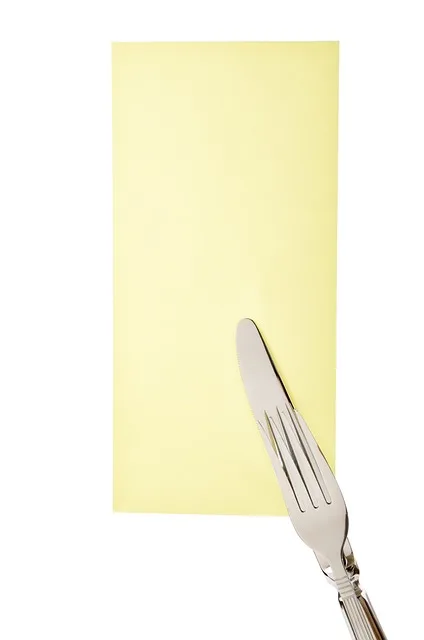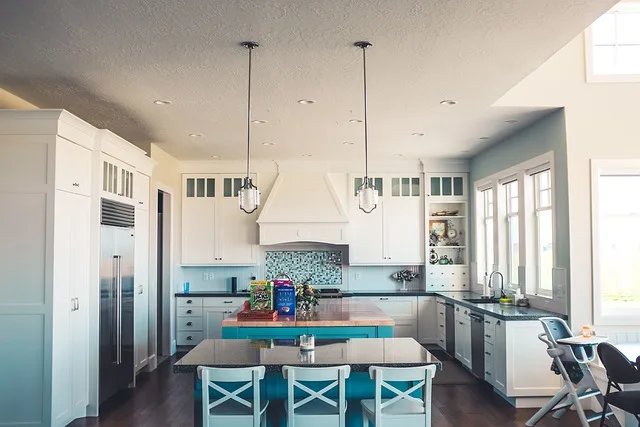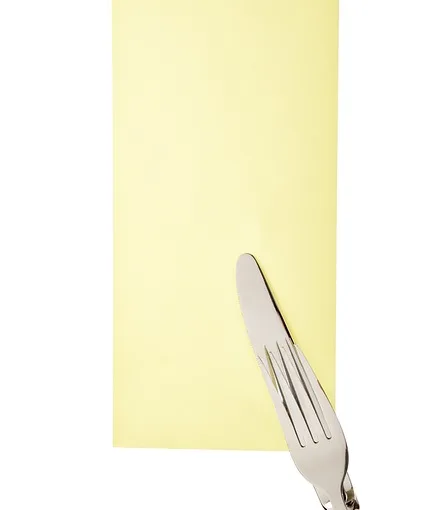First things first, gather your supplies. You’ll need sandpaper, a good quality wood stain, a brush or cloth for application, and some protective gear. Think of this as your toolkit for a mini kitchen makeover. Once you have everything, it’s time to prep those cabinets. Start by removing the doors and hardware. This is like clearing the clutter before a big project; it makes everything easier and cleaner.
Next, give your cabinets a good sanding. This step is crucial! Sanding is like exfoliating your skin before applying makeup—it helps the stain adhere better and gives you a smoother finish. After sanding, wipe down the surfaces to remove any dust. You want a clean canvas for your masterpiece.
Now, let’s talk about the fun part: staining! Choose a stain that complements your kitchen’s vibe. Whether you’re going for a rich walnut or a light oak, the right color can make all the difference. Apply the stain with a brush or cloth, working in the direction of the wood grain. It’s like painting a picture; take your time and enjoy the process. Don’t forget to wipe off any excess stain after a few minutes to avoid a sticky finish.
Once you’ve stained all the cabinets, let them dry completely. This is where patience pays off. After drying, consider applying a protective topcoat to seal in that beautiful color. It’s like putting on a protective layer of sunscreen before heading out—essential for longevity!
Transform Your Space: A Step-by-Step Guide to Staining Kitchen Cabinets
First things first, gather your supplies. You’ll need sandpaper, a good quality wood stain, a brush or cloth for application, and some protective gear like gloves and a mask. Think of this as your toolkit for a mini kitchen makeover. Now, let’s get to work!
Start by removing the cabinet doors and hardware. It’s like giving your cabinets a little vacation while you pamper them. Next, sand the surfaces to remove the old finish. This step is crucial; it’s like prepping a canvas before painting. You want a smooth surface for the stain to adhere to.
Once you’ve sanded everything down, wipe away the dust. Now comes the fun part—applying the stain! Use a brush or cloth to apply it evenly, working in small sections. Think of it as giving your cabinets a cozy blanket of color. Let it sit for a few minutes, then wipe off the excess. This is where you can control how dark or light you want the finish to be.
After staining, let your cabinets dry completely. Patience is key here! Once dry, reattach the hardware and hang the doors back up. Voilà! You’ve just transformed your kitchen space. It’s amazing how a little stain can breathe new life into your cabinets, making your kitchen feel fresh and inviting. So, are you ready to roll up your sleeves and get started?
From Drab to Fab: The Ultimate Kitchen Cabinet Staining Tutorial
Imagine your kitchen as a blank canvas, just waiting for a splash of color and personality. Staining your cabinets is like giving them a fresh coat of confidence. It’s not just about aesthetics; it’s about breathing new life into your kitchen without breaking the bank. Plus, it’s a DIY project that can be incredibly satisfying.
First things first, gather your supplies. You’ll need wood stain, a brush, sandpaper, and some rags. Think of it as your artist’s toolkit. Now, let’s get to the fun part! Start by removing the cabinet doors and hardware. It’s like taking off a pair of old shoes before slipping into something stylish. Sand down the surfaces to create a smooth base for the stain. This step is crucial—imagine trying to paint on a bumpy road; it just won’t work!
Once you’ve prepped the surface, it’s time to apply the stain. Use a brush to spread it evenly, and don’t be shy! This is where the magic happens. Watch as the wood grain comes alive, transforming your cabinets from bland to beautiful. Let it sit for a few minutes, then wipe off the excess with a rag. It’s like polishing a gem; you want that perfect shine!
After staining, allow your cabinets to dry completely. Patience is key here! Once they’re dry, reattach the hardware, and voilà! You’ve just turned your kitchen from drab to fab, and all it took was a little creativity and elbow grease.
Stain Your Way to a Stunning Kitchen: Expert Tips for DIY Enthusiasts
First off, let’s talk about prep work. Imagine trying to paint a masterpiece on a dirty canvas—yikes! Start by cleaning your surfaces thoroughly. A little soap and water go a long way. Once everything’s squeaky clean, sand down those surfaces to create a smooth base. It’s like giving your wood a spa day; it’ll thank you later!
Now, onto the fun part: choosing your stain. With so many colors and finishes, it’s like picking ice cream flavors—so many delicious options! Do you want a rich walnut for that cozy, rustic vibe, or a sleek gray for a modern touch? Test a few samples on a hidden area to see how they look in your kitchen’s lighting. Trust me, you don’t want to end up with a surprise shade that clashes with your decor!
When you’re ready to apply, grab a brush or a rag and get to work. Apply the stain in even strokes, and don’t rush it. Think of it as painting a sunset; you want to savor every moment. Let it soak in for a few minutes before wiping off the excess. This step is crucial—too much stain can lead to a blotchy finish, and nobody wants that!
Revitalize Your Kitchen: The Art of Staining Cabinets Like a Pro
First off, preparation is key. Just like you wouldn’t paint a wall without a primer, you shouldn’t jump into staining without a little groundwork. Start by removing all the cabinet doors and hardware. This might feel like a hassle, but trust me, it’s worth it. You want to create a clean canvas, free from distractions. Next, give those surfaces a good sanding. Think of it as exfoliating your cabinets—getting rid of the old finish so the new stain can really shine.
Now, let’s talk about the stain itself. Choosing the right color is like picking the perfect outfit; it sets the tone for the entire space. Whether you’re going for a rich mahogany or a light oak, make sure it complements your kitchen’s vibe. Once you’ve made your choice, apply the stain with a brush or cloth, working in the direction of the wood grain. It’s like painting a masterpiece—each stroke counts!
After staining, don’t forget to seal the deal with a protective finish. This step is crucial; it’s like putting on a raincoat before heading out. It protects your hard work from spills and scratches, ensuring your cabinets look stunning for years to come. So, roll up your sleeves, grab your tools, and get ready to transform your kitchen into a space that feels brand new!
Choosing the Right Stain: A Comprehensive Guide for Kitchen Cabinets
First off, consider the wood type of your cabinets. Different woods absorb stains differently, much like how a sponge soaks up water. For instance, oak has a more pronounced grain, which can really pop with a darker stain, while maple tends to be smoother and might look better with a lighter hue. So, what’s your cabinet’s personality?
Next, think about the vibe you want to create in your kitchen. Are you going for a cozy, rustic feel or a sleek, modern look? A rich walnut stain can add warmth and depth, making your kitchen feel inviting, while a crisp whitewash can give it that airy, contemporary touch. It’s like choosing between a warm hug and a refreshing breeze—both are great, but they set a different mood.

Don’t forget about the finish! A glossy finish can make colors appear more vibrant, while a matte finish offers a more subdued, sophisticated look. It’s like deciding between a shiny sports car and a classic vintage ride—both are stunning, but they tell different stories.

Lastly, always test your stain on a small, inconspicuous area first. It’s like trying on shoes before buying them; you want to make sure they fit just right. So, roll up your sleeves, grab that brush, and let your kitchen cabinets shine!
Frequently Asked Questions
What Materials Do I Need to Stain Kitchen Cabinets?
To stain kitchen cabinets, you will need the following materials: wood stain, a paintbrush or foam applicator, sandpaper (medium and fine grit), a clean cloth or rag, a wood conditioner (optional), and a clear topcoat for protection. Ensure proper ventilation and wear gloves for safety.
Can I Stain Over Existing Paint or Finish on Cabinets?
Staining over existing paint or finish on cabinets is generally not recommended, as the stain may not adhere properly and can result in an uneven appearance. If you want to achieve a stained look, it’s best to strip the existing finish and prepare the surface for optimal absorption of the stain.
How Long Does It Take for Stain to Dry on Cabinets?
The drying time for stain on cabinets typically ranges from 1 to 6 hours, depending on factors such as the type of stain used, humidity, temperature, and airflow in the area. For optimal results, allow the stain to dry completely before applying a topcoat or additional layers.
What Is the Best Stain for Kitchen Cabinets?
Choosing the right stain for kitchen cabinets enhances their appearance and durability. Look for stains that are specifically designed for wood cabinetry, offering resistance to moisture and heat. Popular options include oil-based stains for rich color and depth, and water-based stains for quick drying and low odor. Test samples on a small area to ensure the desired finish before full application.
How Do I Prepare Kitchen Cabinets for Staining?
To prepare kitchen cabinets for staining, start by removing all hardware and cleaning the surfaces thoroughly to eliminate grease and dirt. Sand the cabinets to create a smooth surface and enhance stain adhesion, using progressively finer grits of sandpaper. After sanding, wipe down the cabinets with a damp cloth to remove dust. Finally, apply a wood conditioner to ensure even stain absorption, especially on softwoods.
